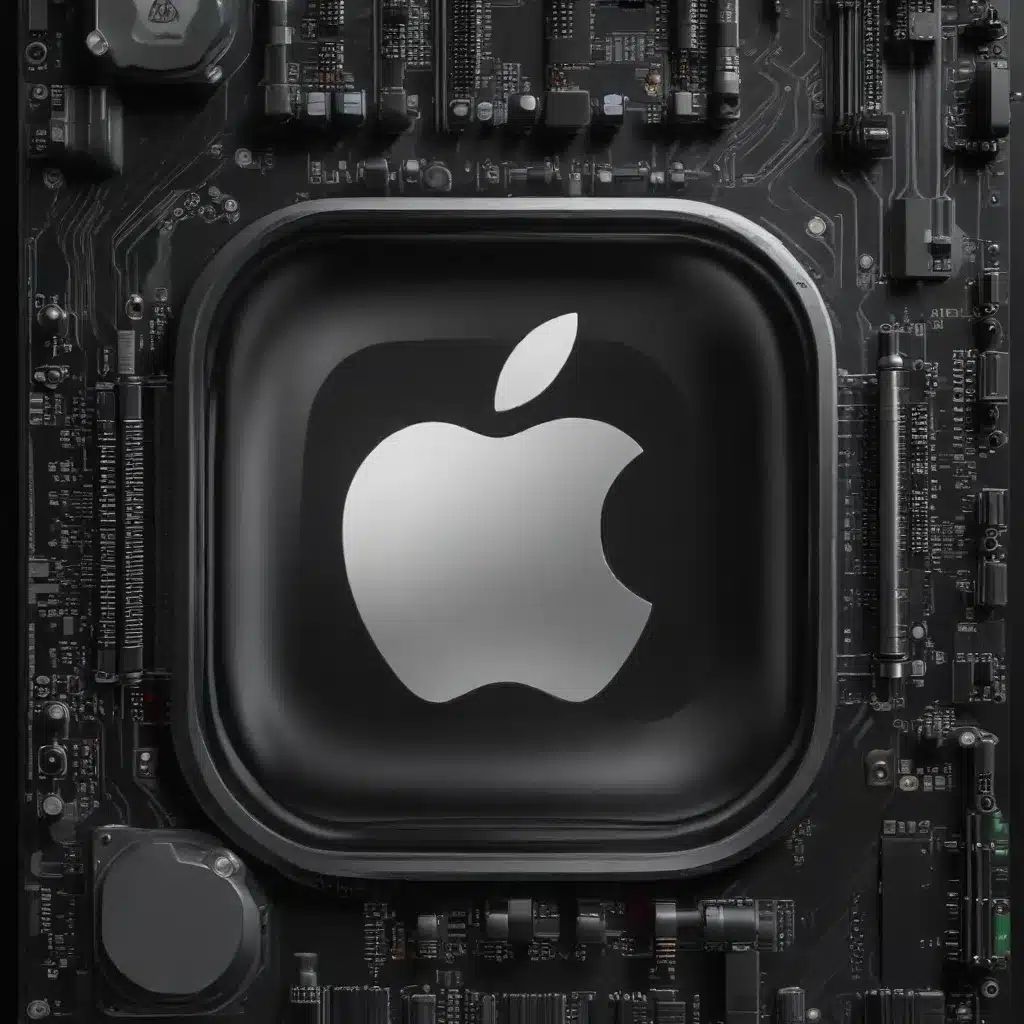
Apple’s Metal Graphics API
Apple’s Metal is a powerful, low-level graphics and compute API that provides direct access to the GPU on Apple devices. Designed as a modern replacement for legacy APIs like OpenGL and OpenCL, Metal offers developers unparalleled control and optimization capabilities to create visually stunning, high-performance apps and games.
Graphics APIs for Apple Devices
Metal is the primary graphics API for Apple platforms, including iOS, iPadOS, and macOS. It offers a streamlined, efficient interface to the GPU, enabling developers to harness its full power through advanced rendering techniques and GPU-accelerated computations.
In contrast, OpenGL is a cross-platform API that has been phased out on Apple devices in favor of Metal. While OpenGL provided a more abstracted graphics pipeline, Metal’s lower-level approach gives developers greater flexibility and control over the hardware.
Vulkan, a cross-platform alternative to OpenGL, is also supported on Apple platforms, though its adoption has been more limited compared to Metal. Vulkan provides a similar level of direct hardware control as Metal, but with a different set of APIs and programming model.
Apple Device and Platform Support
Metal is ubiquitous across Apple’s device lineup, from the latest iPhones and iPads to the powerful Mac desktops and laptops. This widespread support ensures that developers can create visually stunning, high-performance apps and games that seamlessly scale across the entire Apple ecosystem.
On iOS and iPadOS, Metal is the foundation for the device’s graphics and compute capabilities, powering everything from immersive 3D games to cutting-edge augmented reality (AR) experiences.
On macOS, Metal has become the preferred graphics API, offering performance and efficiency advantages over legacy APIs. With the transition to Apple silicon-based Macs, Metal’s integration with the custom-designed GPUs has further solidified its importance in the Mac ecosystem.
Gaming Performance Optimization
Graphically-intensive games can be incredibly demanding on hardware resources, requiring careful optimization to ensure a smooth, responsive user experience across a variety of Apple devices.
Performance Considerations
Graphics Rendering: The way a game’s graphics are rendered can have a significant impact on performance. Techniques like batch rendering, culling, and texture compression can help reduce the number of draw calls and the overall GPU workload.
Hardware Acceleration: Apple’s custom-designed GPUs, such as those found in the A-series and M-series chips, are highly optimized for graphics and compute-intensive tasks. Leveraging Metal’s API to take full advantage of these hardware capabilities is crucial for maximizing performance.
Energy Efficiency: On mobile devices, power consumption is a critical consideration. Developers must optimize their games to be energy-efficient, balancing visual fidelity with battery life. Metal’s GPU-accelerated computations and power management features can help achieve this balance.
Optimization Techniques
Batching and Draw Calls: Reducing the number of draw calls by batching related graphics primitives can significantly improve performance. Metal’s efficient command buffer system and argument buffers make this optimization process more straightforward.
Texture Compression: Employing texture compression techniques, such as those supported by Metal’s built-in texture formats, can dramatically reduce the memory footprint of game assets without sacrificing visual quality.
Asset Management: Carefully managing game assets, such as 3D models, textures, and shaders, can help optimize performance. Techniques like on-demand loading, streaming, and culling can ensure that only the necessary assets are loaded and processed by the GPU.
Metal API Advancements
Apple’s Metal API has seen continuous advancements, introducing new features and capabilities to help developers push the boundaries of graphics and compute performance on Apple devices.
Rendering Improvements
Tile-Based Deferred Rendering: The Apple-designed GPUs used in iOS, iPadOS, and macOS devices employ a tile-based deferred rendering (TBDR) architecture. Metal’s integration with this TBDR approach allows for efficient geometry processing, tile shading, and tiled memory management, leading to significant performance gains.
Ray Tracing Support: Metal now includes hardware-accelerated ray tracing capabilities, enabling developers to create highly realistic lighting and visual effects, such as reflections, shadows, and global illumination. The Metal ray tracing API provides a streamlined interface for integrating these advanced rendering techniques into games and applications.
Compute Shaders: Metal’s compute shaders allow developers to harness the massive parallel processing power of the GPU for general-purpose computations, beyond traditional graphics rendering. This opens up a wide range of possibilities for GPU-accelerated tasks, including physics simulations, AI/ML inference, and data processing.
Developer Tools
Metal Performance Shaders: The Metal Performance Shaders (MPS) framework provides a highly optimized library of GPU-accelerated data parallel primitives, making it easier for developers to implement advanced graphics and compute algorithms, such as machine learning and computer vision tasks.
Metal Debugging and Profiling: Apple’s development tools, including Xcode and Instruments, offer robust debugging and profiling capabilities for Metal-based apps and games. Features like the Metal Performance HUD, shader debugger, and system trace profiling help developers identify and resolve performance bottlenecks, ensuring their games run at their best.
Apple Developer Ecosystem
The Apple developer ecosystem provides a comprehensive set of frameworks and technologies that seamlessly integrate with Metal, enabling developers to create rich, immersive gaming experiences across Apple devices and platforms.
Integrating Metal
Core Graphics and Core Animation: Metal’s integration with Core Graphics and Core Animation allows developers to leverage the GPU for efficient 2D and 3D rendering, ensuring smooth UI animations and visual effects throughout their apps.
Game Development Frameworks: Apple’s game development frameworks, such as SpriteKit, SceneKit, and RealityKit, build upon the foundation of Metal to provide high-level abstractions and tools for creating 2D, 3D, and augmented reality games.
Virtual Reality and Augmented Reality: Metal plays a crucial role in powering virtual reality (VR) and augmented reality (AR) experiences on Apple platforms. Frameworks like ARKit and RealityKit leverage Metal’s rendering capabilities to deliver immersive, low-latency AR applications.
By embracing the Apple developer ecosystem and leveraging the latest advancements in Metal, game developers can create visually stunning, high-performance gaming experiences that seamlessly integrate with the broader capabilities of Apple’s platforms and devices. Whether it’s crafting captivating 3D worlds, implementing advanced rendering techniques, or delivering seamless cross-device gameplay, Metal provides the foundation for developers to push the boundaries of what’s possible on Apple’s hardware.












